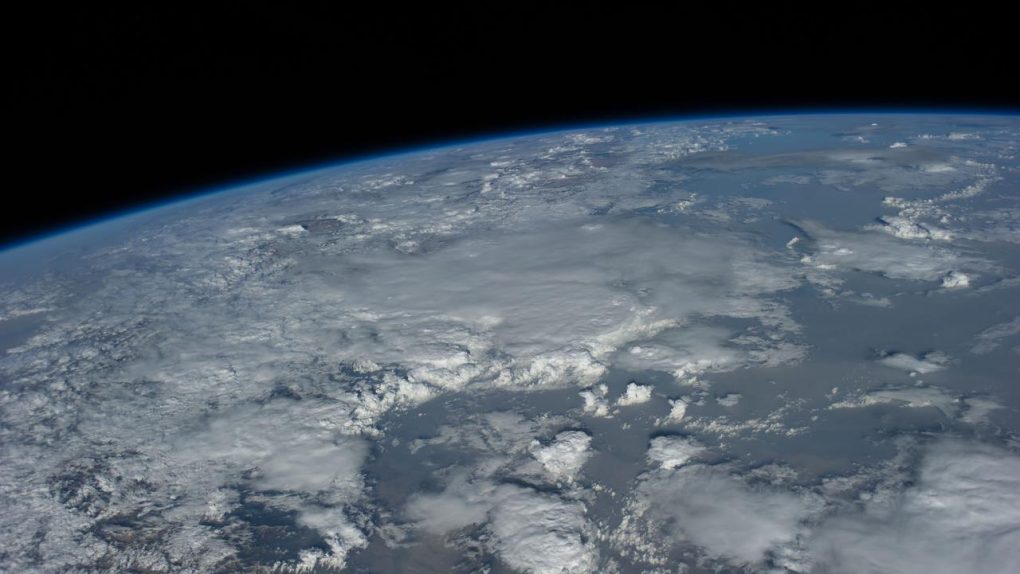If you had a time machine that allowed you to cruise far into Earth’s incredible history, you’d probably want to avoid a window of time around 3.2 billion years ago. If you decided to make that trip, getting out of your time machine would plunge you directly into watery depths, no matter where on Earth you happened to be. That’s what a new study published in Nature Geoscience suggests, and the picture it paints of Earth is one of a vast ocean planet with no continents or landmasses at all.
Earth’s continents are the result of a natural feature of our planet called plate tectonics. Massive plates of the Earth’s crust sort of “float” along, moving very slowly but eventually colliding, pushing huge amounts of rocky material above sea level. That’s what continents are made of, but this new research suggests that 3.2 billion years ago they hadn’t yet formed.
When Earth was still young, it was covered in magma, which is thought to be common of new, still-growing planets. As LiveScience notes, the researchers in this particular study examined pieces of the ocean floor dating back billions of years, ultimately determining that when Earth began to gather the water that became its oceans, its surface was still red hot. Their conclusions are based on the amount of a certain oxygen isotope present during that time.
It’s widely believed that Earth’s water arrived via comets and other icy bodies crashing down to our planet over a very long timeline. It slowly built up, researchers think, forming a singular, massive ocean covering the incredibly hot rock below. The cooling process that created Earth’s crust and jumpstarted the movement of plates didn’t happen overnight, which means that for a long while our planet was a big ball of nothing but water.
If the researchers are correct, these findings offer some interesting insights into the early days of water on Earth, while also revealing that dry land and a true “crust’ weren’t present until sometime after 3.2 billion years in the past.








